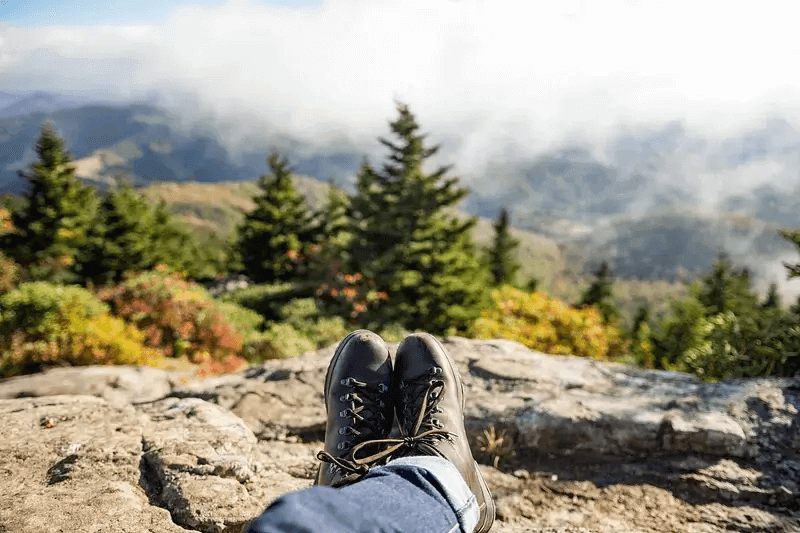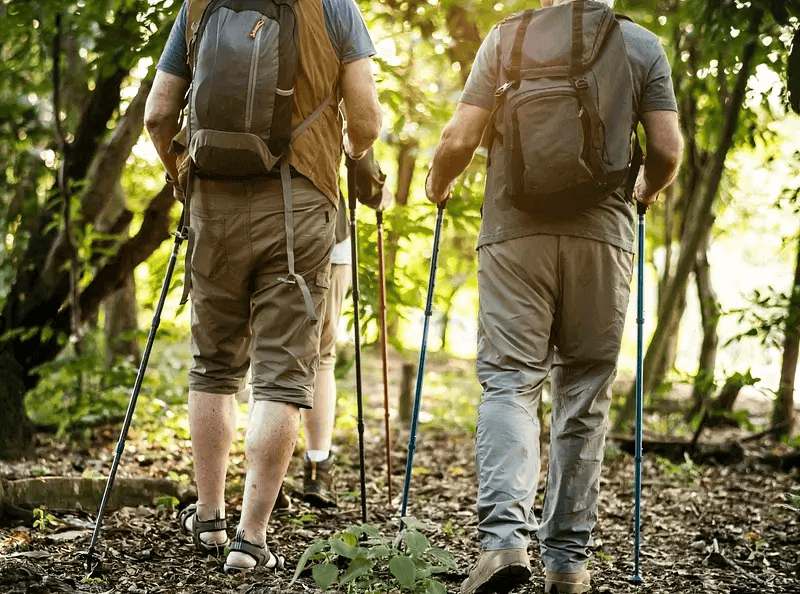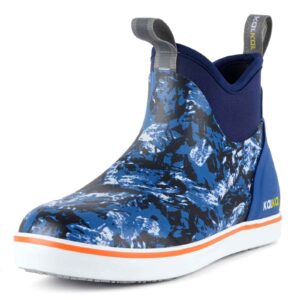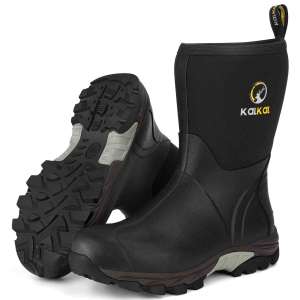Hiking is an exhilarating outdoor activity that allows individuals to experience the natural world and explore breathtaking landscapes. However, one common question lingers in the minds of many outdoor enthusiasts: Why are hiking boots so stiff?
In this blog, we will delve into the reasons behind the stiffness of hiking boots and explore their significance in providing optimal support and protection during your hiking adventures. Whether you are a seasoned hiker or a beginner, investing in a good pair of hiking boots will make a huge difference to your hiking experience.
5 Reasons Why Hiking Boots Are So Stiff
There are several factors that contribute to the stiffness of hiking boots. The following are a few key facts:
Support and Stability
Hiking boots are designed to provide excellent support and stability to your feet, ankles, and lower legs while traversing rugged terrains. A large part of the stiffness of hiking boots can be attributed primarily to their rigid construction and the materials used in their manufacturing.
This stiffness helps to prevent excessive ankle rolling and provides a solid foundation, thereby reducing the risk of injuries.
Protection from Impact and Injuries
Hiking trails often present various obstacles such as rocks, roots, and uneven surfaces. A hiking boot’s stiffness is an essential element in protecting your feet from the impact and injuries caused by the obstacles you encounter on your hiking trail.
The firmness of the boots acts as a shield, minimizing the risk of sprained ankles, fractures, or other foot-related injuries that can occur when hiking on challenging terrains.
Durability and Longevity
Hiking boots are specifically engineered to withstand the demanding and diverse conditions encountered on trails. Hiking boots are specifically engineered to withstand the demanding and diverse conditions encountered on trails.
Materials such as tough leather, synthetic fabrics, and rugged rubber used in the manufacture of the boots are intended to provide a rigidity that increases the life of the boots, allowing them to withstand the rigors of the outdoors for a prolonged period.
Enhanced Traction
Maintaining good traction is essential while hiking, especially on slippery or loose surfaces. The stiffness of hiking boots aids in enhancing traction by preventing your feet from flexing excessively.
Load Bearing Capability
When going trekking, it’s important to take into account the load-bearing capacity of your boots. Hiking boots are designed to endure the stress and pressure exerted while navigating difficult terrains.
The ability to support loads depends on what kinds of materials are used during hiking boots production. Hiking boots of the highest caliber frequently have strong, resilient parts like reinforced soles, firm midsoles, and supportive shanks.
Together, these components evenly distribute weight over the foot, relieving pressure on individual pressure points and lowering the possibility of pain or damage. environments.
How Do You Soften Stiff Hiking Boots?
New hiking boots can be stiff and uncomfortable for the first time use, necessitating a break-in period before they become more malleable. If you have a stiff pair of hiking boots, there are various methods you can do to soften them and improve their general comfort.
Wear Boots Gradually
Wearing your boots around the home or on small walks before venturing on a big journey is an efficient strategy. This allows the boots to gradually adapt to the contour of your foot while also helping to relax the rigid materials. It’s best to wear them with thick socks to enhance padding and decrease friction.
Apply Softener
Another useful way is to use things like shoe softeners. These items permeate the substance of the boot, hydrating and loosening it over time. Before using any conditioner, make sure to read the manufacturer’s instructions to verify compatibility with your exact boots.
Follow the directions, which usually involve applying a thin layer of conditioner and letting it seep into the material. Conditioning your boots on a regular basis might also help them last longer.
Dampening and Bending
If the upper part of your hiking boots is leather, you can make it softer with water. Simply soak a clean cloth or sponge with warm water and gently wipe the boots off, and repeat the steps to the stiff regions. Avoid getting the boots wet for a long period as it may damage them.
After dampening, put the boots out there for a natural dry. In this way, it will help soften the leather and make the boots more comfortable to wear.
Use Gentle Heat
A gentle heat source, such as a boot dryer or hairdryer, can help soften synthetic or fabric boots. Hold the dryer a few inches away from the boots and rotate it back and forth to distribute the heat evenly. Avoid overheating the boots, as this might cause harm. To aid in the softening process, stretch the boots with your hands or wear them with thick socks after gently warming them.
Use Boot Stretchers
Additionally, using a boot stretcher to exert pressure might assist in softening the boots. Try to stretch your boots for a lengthy amount of time, and enable them to gradually expand and contract. If you don’t own a stretcher, you can also stuff the boots with material things for enough time to loosen the boots.
Conclusion
When softening stiff hiking boots, remember that patience is essential. To avoid discomfort or blisters during your outdoor adventures, it’s critical to learn the basic things of hiking boots and break them in gradually.
By using these methods and taking the time to properly soften your boots, you may improve their overall comfort and fully enjoy your hiking excursions.




















Leave a reply